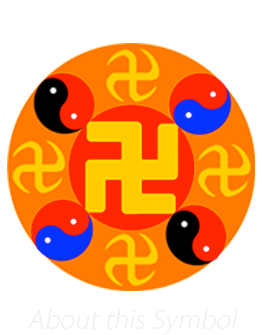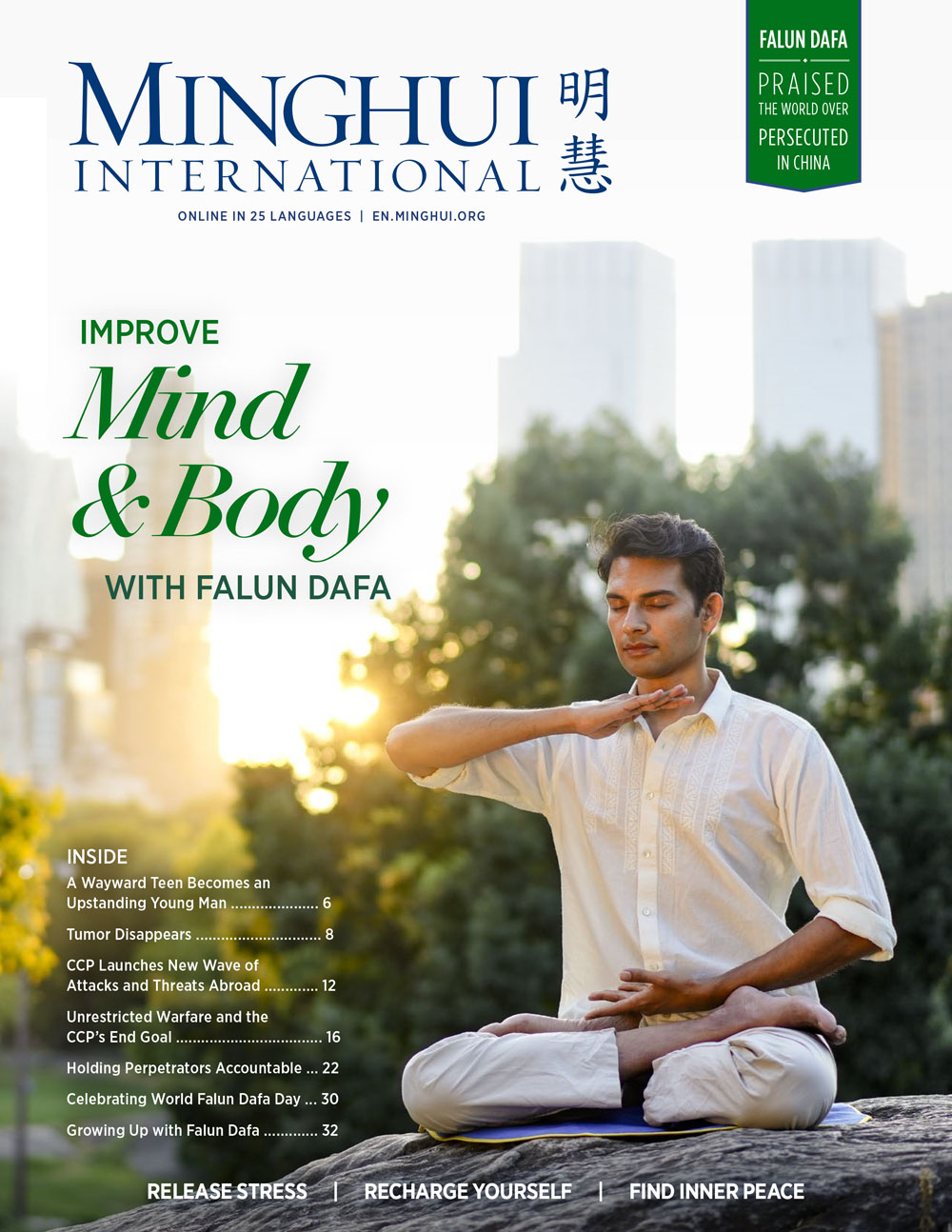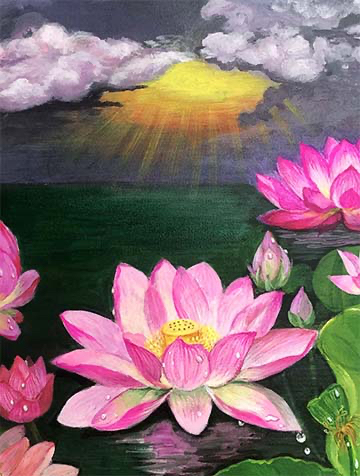(Minghui.org) China is known as shenzhou (a divine land) for its long and rich spiritual history. But things have changed dramatically in the decades since the Chinese Communist Party (CCP) seized power in 1949.
During the infamous Cultural Revolution, countless temples, Taoist monasteries, churches, and historic sites were demolished. In recent years, some of the remaining cultural heritage sites have become tourist destinations to generate profit. These events have pushed the general public further and further away from traditional values.
We’d like to retrace China’s history and legacy, hoping to find new perspectives on mankind, our society, and more.
(Continued from Part 1)
The Legend of Zhang Guolao
Zhang Guolao, one of the Eight Immortals in Chinese history, was known for riding a donkey backwards. There are numerous legends about him, including several in two reputable history books, Old Book of Tang and New Book of Tang.
Empress Wu Zetian once summoned Zhang, who pretended to die in front of the envoy using his supernormal ability. It was summer, and his body quickly began to decompose and stink. Later, after hearing that Zhang was traveling in the area of Hengzhou, Emperor Xuanzong of Tang issued an invitation to him several times. When Zhang arrived, the emperor asked several diviners to tell his fate. But they were unable to figure it out.
Zhang said he was born in the era of Emperor Yao (about 2,300 BC), meaning he had lived for about 3,000 years. To test Zhang, the emperor gave him poisonous hemlock juice. Zhang drank three cups and fell asleep. When he woke up, all his teeth had decayed and turned black. Zhang used a metal tool to knock them out, then applied some medicine, and went back to sleep. When he woke up again, all his teeth had regenerated, as white and shiny as new. The emperor was impressed and honored him with a title.
Taiping Guangji recorded another story. The emperor went hunting, caught a deer, and told his chef to cook it. Zhang stopped him and said, “This is a celestial deer, and it’s over 1,000 years old.
“Five years after Emperor Wu of Han began his reign, I went hunting with him as an attendant. He caught this deer and then released it,” Zhang explained.
“There are so many deer here and so many years have passed. How do you know this is the same deer?” asked the emperor.
“Before Emperor Wu released the deer, he fastened a bronze plate to its left horn,” Zhang replied.
The emperor ordered someone to examine the deer, and, sure enough, they found a two-inch bronze plate with faded characters. When the emperor asked how old it was, Zhang said 852 years had passed.
When a historian was ordered to verify the calculation, he found Zhang was indeed correct: from 118 BC to 734 AD was 852 years. The emperor was even more amazed.
The Taoist Tradition: From the Han to the Tang Dynasty
The story of Zhang was one of many legends in which emperors took Taoism seriously, a tradition that can be traced to the Yellow Emperor (as described in Part 1 of this series).
Qin Shi Huang, founder of the Qin Dynasty, was China’s first emperor. He visited numerous places to worship divine beings, including Mount Tai. He also sent Xu Fu overseas to search for the elixir of life.
Emperor Wu of Han, one of history’s greatest emperors, also visited Mount Tai eight times to worship divine beings. He was said to have met the legendary Queen Mother of the West and was given advice about immortality.
Emperor Taizong of Tang was open-minded and acknowledged Confucianism, as well as Taoism and Buddhism. “What I like is basically the way of Emperors Yao and Shun, together with Confucian doctrine from the Zhou Dynasty,” he said.
He also promoted Taoism and Buddhism. “Laozi set a good example and his teachings focus on purity and emptiness; Buddhism left us doctrines on the relationship between cause and effect,” he explained. “Following these can help one reach a new realm; understanding them on a superficial level will help improve civilization.”
After Xuanzang returned from the West with the Buddhist scripture, Emperor Taizong arranged for him to translate 75 scriptures out of a total 1,335 volumes. The success and influence of these three belief systems was unprecedented.
During the time of Emperor Xuanzong in the Tang Dynasty, Taoism enjoyed another wave of popularity. In 721, Emperor Xuanzong became the first emperor recognized as a Taoist through an ordination ceremony. In 722, he established temples throughout the country to worship Laozi. He also founded a school dedicated to teaching Taoism.
Several years later, the emperor issued an edict to create an image of Laozi to be spread throughout the country. In 733, the emperor personally annotated the Tao Te Ching and included the book in the imperial exam. In 741, he opened more Taoist schools to teach Taoism.
All these efforts helped people understand the tradition of cultivation practice, particularly Taoism.
(To be continued)
Copyright © 1999-2025 Minghui.org. All rights reserved.
Category: Traditional Culture








